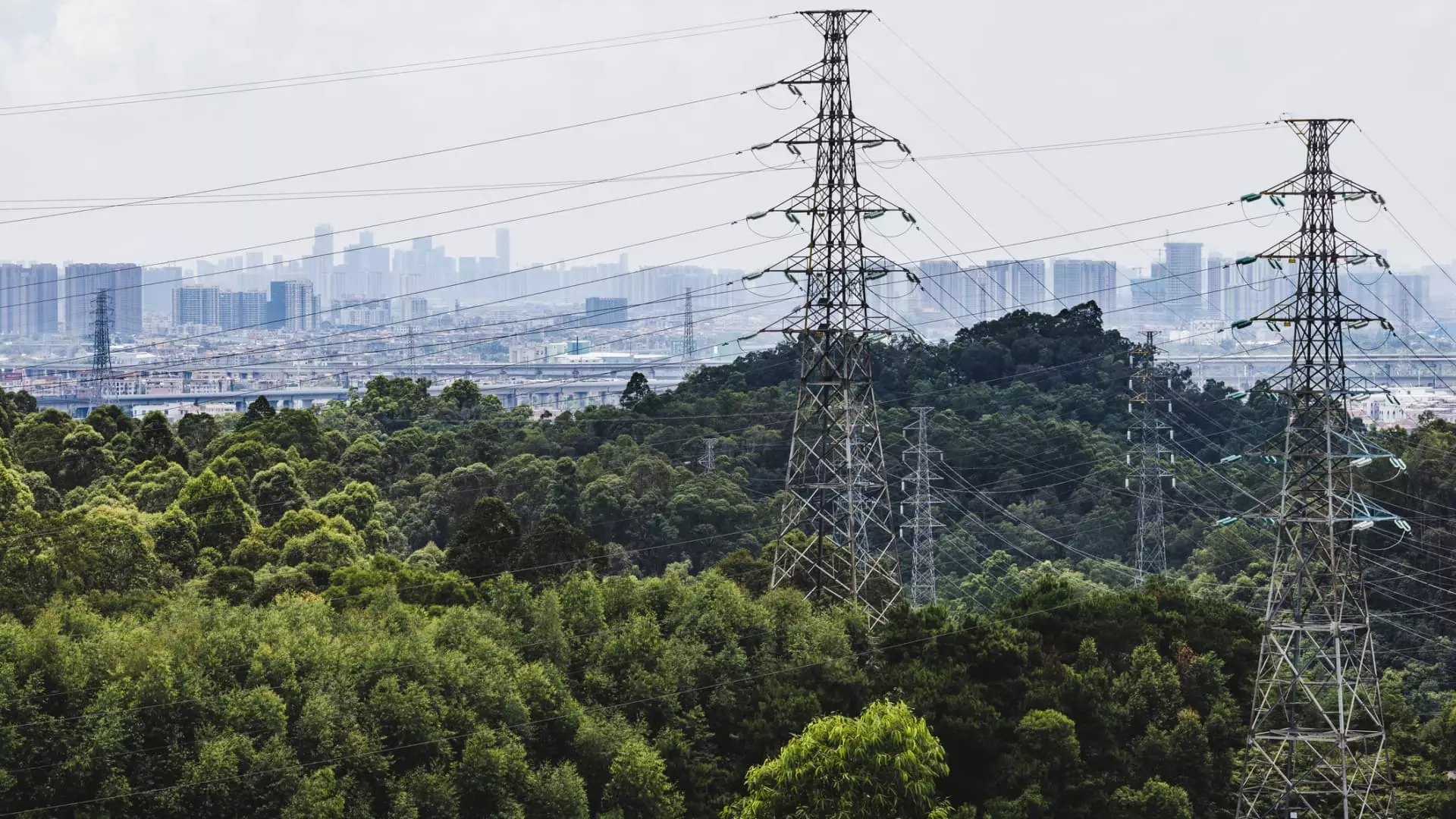Electricity costs have become a significant concern for American households, eclipsing the tempered rise of overall inflation. With a 4.5% increase in electricity prices over the last year—nearly double the national inflation rate for goods and services—it’s time to examine the underlying factors driving this alarming trend. The implications for families across the country are significant, and the statistics paint a clear but distressing picture of the energy landscape.
A Glimpse at the Numbers
The U.S. Energy Information Administration (EIA) forecasts that retail electricity prices will outstrip inflation until at least 2026. Household expenditure on electricity averaged about $1,760 in 2023, and this figure could rise, depending on regional variances and local consumption patterns. For instance, the average cost per kilowatt-hour (kWh) in the U.S. stood at roughly 17 cents in March 2025. However, this masked a dramatic range: from about 11 cents in North Dakota to a staggering 41 cents in Hawaii. This disparity underscores a critical point—electricity prices are not monolithic; they are as varied as the geography of the United States itself.
As electricity costs become regionally driven, the burden of these price hikes is not shared equally among households. Consumers in the Pacific and Northeast regions can expect increases surpassing the national average. This situation speaks to larger systemic issues that compound the challenges facing certain populations in America today.
Demand Exceeds Supply: A Simple Equation
The overarching narrative in this energy crisis is the classic economic principle of supply and demand. David Hill, an executive at the Bipartisan Policy Center, articulated this straightforward relationship aptly: supply is failing to keep pace with surging demand. Over the last few decades, while energy efficiency measures have slowed demand growth, newer forms of electrification—from electric vehicles to smart home technology—have led to an unexpected spike in consumption.
The consequences are stark. By 2028, demand from data centers alone is projected to double or even triple, making these tech-intensive facilities both essential and energy-hungry culprits in the equation. The International Energy Agency predicts that by 2030, the U.S. economy will consume more energy for data processing than for the combined industries of aluminum, steel, and cement. This reality cannot be ignored: the virtual world is becoming a significant consumer of our finite electrical resources.
The Infrastructure Conundrum
The troubling rise in electricity prices is not just a result of growing demand but also a consequence of dated infrastructure that is failing to evolve with the times. J.P. Morgan’s Michael Cembalest draws attention to the fact that many transmission lines have stagnated, falling behind the ambitious targets set forth by the Energy Department for 2030 and 2035.
Current shortages in transformer equipment—a critical component of the power distribution network—compounded by escalating costs and extended delivery timelines, make the urgent need for infrastructure investment all the clearer. Cembalest notes that half of all transformers in the country are at the end of their useful life, further exacerbating the challenges ahead.
When we consider the rising prices for electricity, the infrastructure dilemma becomes a crucial part of the conversation. It’s not enough to focus solely on the immediate costs to consumers; we must confront the long-term inefficiencies—and their associated costs—of a grid that has not received the attention it desperately needs.
Policy Implications and Future Trends
The shift away from fossil fuels in pursuit of a more sustainable energy future complicates the current situation. As electric vehicles and heat pumps rise in popularity, so does overall electricity demand—an ironic twist for those advocating for environmentally conscious alternatives. In essence, efforts to reduce greenhouse gas emissions could paradoxically lead to a surge in electricity consumption.
As populations grow and new technologies emerge—such as cryptocurrency mining, which is highly energy-intensive—demand is only expected to increase. This means that consumers may not only face steadily rising costs, but they will also have to contend with a system that is increasingly strained under its own weight.
Consumer Strategies in a Challenging Landscape
For individual consumers, the stakes have never been higher. Understanding regional electricity costs and exploring various strategies for energy efficiency can become vital survival skills in this landscape. Whether it’s advocating for policy changes that support grid modernization or actively seeking to reduce personal energy consumption, every action counts in a world where rising costs threaten both household budgets and the promise of a sustainable future.
The onus now rests not only on policymakers and industry leaders but also on consumers who must navigate and react to these shifting tides. As electricity prices rise and infrastructure struggles to keep up, it’s essential to remain vigilant and proactive to combat the financial strain of this evolving energy landscape.

